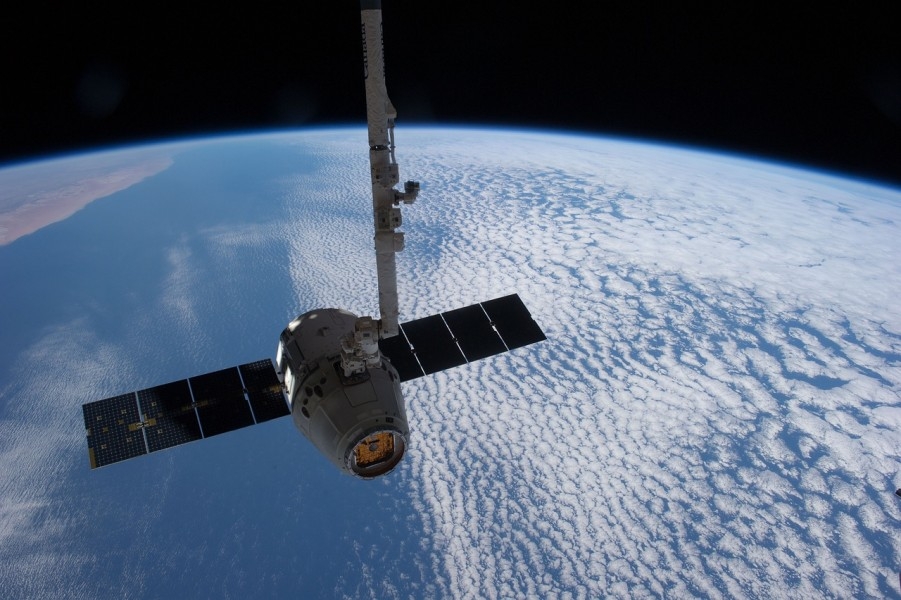 Photo: Pixabay
Photo: PixabayIn two and a half years, Serbia should receive its first satellite and join the family of countries working on the development of space technologies. Also, for the first time, Serbia will receive photos of our country from space in high resolution, and it will be possible to monitor climate changes, the habitat of endemic species, the health and size of the forest cover.
A multidisciplinary research team of experts from the Faculty of Mechanical Engineering and Mathematics of the University of Belgrade, the Institute of Physics and the Belgrade Astronomical Observatory is working hard on the MOSAIC project, which will send the first Serbian cube satellite into orbit, which will be able to be controlled from Earth. We are talking about "aircraft", whose creators are universities, writes Novosti.
In an interview with Novosti, one of the team members, Marko Gavrilović (24), a doctoral student and member of the Department of Mechanics at the Faculty of Mechanical Engineering, who is also attending master's studies at the Faculty of Mathematics, says that the launch of the satellite is tentatively planned for 2025.
Gavrilović is in charge of calculations of the orbital dynamics of the spacecraft, which are of key importance for its movement and staying in orbit as long as possible.
"My task is to determine, based on the evolution of the satellite's orbit, how its movement is affected by the gravitational field of the Earth, then the gravity of the Sun, the Moon and other celestial bodies, as well as other effects, such as the influence of solar radiation and atmospheric resistance and buoyancy." In highly rarefied gas, which is the case at altitudes greater than 200 kilometers where satellites move, aerodynamic effects are a consequence of the exchange of energy between the particles of the atmosphere and the satellite itself, which affects its movement. Our goal is to develop algorithms for controlling the orientation and managing the movement of the satellite, in order to reduce these impacts and enable the spacecraft to remain in orbit as long as possible," explains Marko.
As he states, the future cubesat consists of three cubes, measuring 30 by 10 by 10 centimeters. It will be equipped with cameras and have a precise system for determining its location and orientation in space. It will generate energy through collapsible solar panels. Aircraft of this type stay in space for about a year on average, but our team wants to take a step forward - longer and more.
"We want to do something that no one has done before, not only for the cube, but for all satellites, to perform orbital management and extend the lifetime." We want to put it in flight mode while it's behind the planet, and when it comes out, just turn around. That way we will save energy, and we will keep it in orbit as long as possible. Until now, all of them have flown in lower orbits of 200 to 400 kilometers, we plan to send it to 675 kilometers", says Marko for Novosti.
Within the framework of the MOSAICS project, almost all countries in the surrounding area have started the development of their space projects. Hungary, Slovenia and Greece play a leading role, while Croatia and Albania have also advanced. Bearing that in mind, the MOSAIC project represents a chance for Serbia to catch up with the world in this area.
Source: novosti.rs